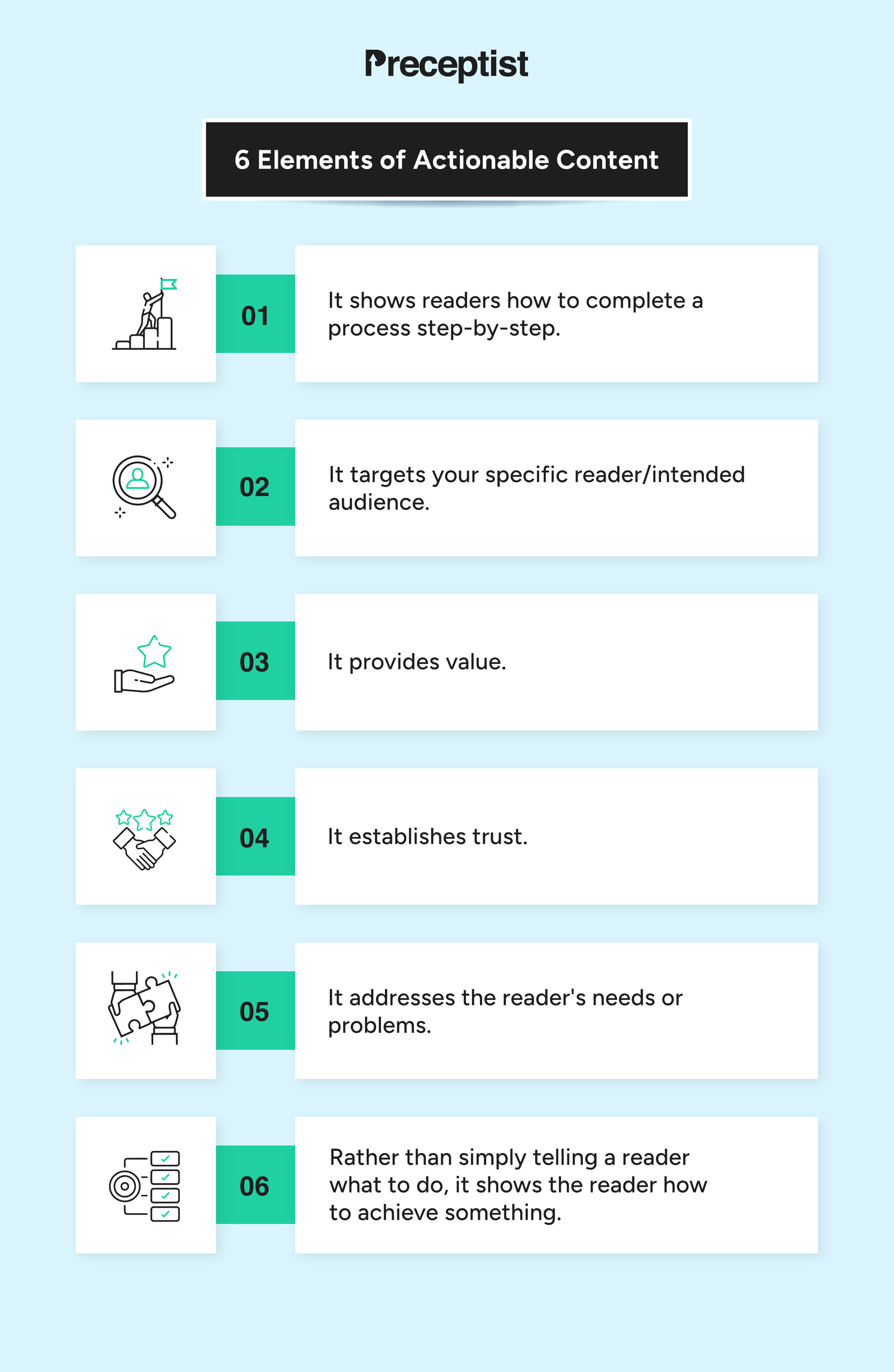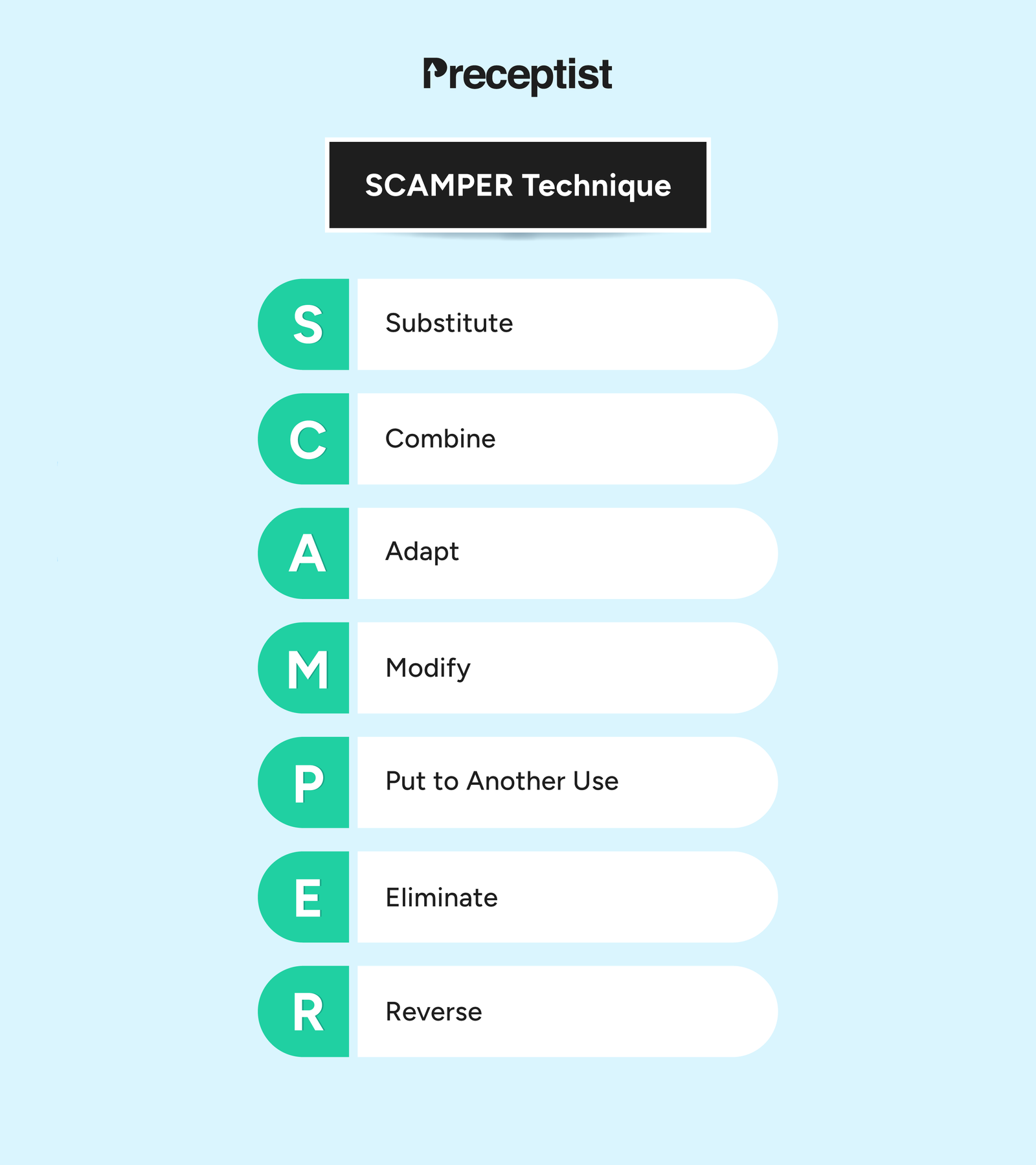11 Best Content Writing Services for IT Companies in 2025
Learn about the services, expertise and pricing of the top content writing for IT company services, and the key factors to consider when choosing the right one.

Know more about SaaS growth strategies from the horse’s mouth.
Over 400 terabytes of data flood the Internet daily as of 2024. That’s an ocean of content, and it’s growing by the second. So, how do you ensure your message gets noticed in the waves?
It begins with a great idea that sets your content apart, connects with your audience, sparks their curiosity, speaks to their needs, and compels them to act.
This will generate traffic, drive conversions, and set your brand apart in the crowded content marketplace.
But, 35% of marketers identify ideation as a critical challenge in creating content.
In this post, we’ll explore essential techniques to generate content ideas.
It’s time to unlock latent creativity with proven tactics to transform your content ideation process. Let’s explore some effective strategies to fuel your content engine.
Successful content ideation requires a deep understanding of the target audience that uncovers their —
Unlock a wealth of targeted content ideas that resonate, engage, and convert by implementing the following tips:
Research by Siege Media found that 71% of marketers use tools for content ideation.
Explore some of these to identify what content is already performing well with your audience and can be better.
Engage with your readers to understand their preferences and dig deeper into the type of content they’d like to consume.
For this, you can:
Tap into your existing customer base for feedback through surveys and service calls. Even informal chats (via sales reps) or feedback calls (via customer support) hint about content that can add value based on what answers they seek.
Once you have gauged your audience, put this knowledge to execution by taking the following steps:
Look for patterns in audience data.
Take cues from —
These are your prime opportunities for content ideation, which requires specific solutions.
Don’t create content that appeals to everyone. Instead, think through concepts by empathizing with your customers personally. Then, consider which idea would work best for a specific segment of the analyzed audience.
For instance, a fitness company can cater to different audiences and ideate content for separate segments like aspiring athletes, marathoners, and yoga enthusiasts.
Great content ideas inspire readers to take action by offering practical tips that solve their problems.

A part of actionable content marketing strategy is to drive content ideas that address the ‘how’ instead of the ‘what.’ It should persuade readers to implement them immediately.
Develop ideas that are ahead of the curve by identifying emerging trends. This way, you anticipate ideas that excite your audience, helping you tailor relevant, fresh, and engaging content.
Such an approach puts you in a position as a thought leader — the one who shapes conversations around industry trends. Blending content recency with quality helps expertise shine through, leading to increased conversions as your audience turns to you for solutions.
Here’s what you can do:
Leverage these content ideation tools to explore trending topics and discussions in your industry.
Newsjacking is a content idea generation technique capitalizing on breaking news or current events relevant to your industry.
It demands a quick response to the news. Track trending topics in your domain to attract and engage a wider audience.
Here’s how to ideate content through newsjacking:
Adopt a strategic approach for content ideation through brainstorming tactics. These are aimed at generating ideas to resonate with your audience and driving results.
Here are quick tips to consider before your next brainstorming session:.
Don’t brainstorm content ideas in silos. Instead, involve your front-line teams who directly interact with customers. Leverage their knowledge since they know the pulse of your audience, their pain points, and what truly resonates.
Adopt a structure for brainstorming content ideas.

You’ll visually organize thoughts to discover new pathways and unexpected relationships that spark innovative content ideas. Explore different angles for content ideas, leading to a richer and more diverse pool of potential topics.
This technique helps transform existing ideas into fresh possibilities. SCAMPER is an acronym for —

Run A/B tests to measure your idea’s potential impact by comparing two versions of your content (e.g., different headlines, different topic ideas, etc.).
Compare Option A’s content ideation results with Option B’s and pick the one that performs better in predefined metrics like engagement, clicks, or conversions.

Once you have a few top ideas ready, consider testing them as headlines.
A German publisher in sports journalism A/B tested headlines to witness an increased CTR by an average of 44%.
When A/B testing, you can —
See which one sparks more interest using tools like Google Analytics or native social media analytics to gauge your content ideas.
Consider continuous experimentation until you finalize what works best for your audience. And then, tailor your full-fledged content pieces accordingly.
There you have it – your content ideation toolkit for 2024 and beyond. Once locked, go ahead and craft content with confidence.
Remember, the best content ideas to drive traffic and conversions stem from understanding your audience, staying ahead of trends, and embracing a collaborative approach.
Experiment, analyze, and refine your strategies to consistently create content that captivates your audience, ignites action, and fuels your brand’s ongoing growth.

Get the finest guidance in content writing and strategy, delivered straight to your inbox.
Learn about the services, expertise and pricing of the top content writing for IT company services, and the key factors to consider when choosing the right one.
Learn about the top eCommerce content writing services you should know in 2025 and the key factors to consider when selecting the right one for your business.

Author Hazel Kamathi is a Senior Manager - Strategy and Ops at Preceptist, a leading content writing agency.
View all posts